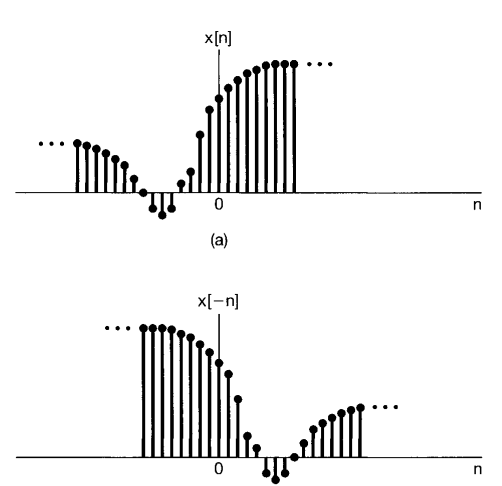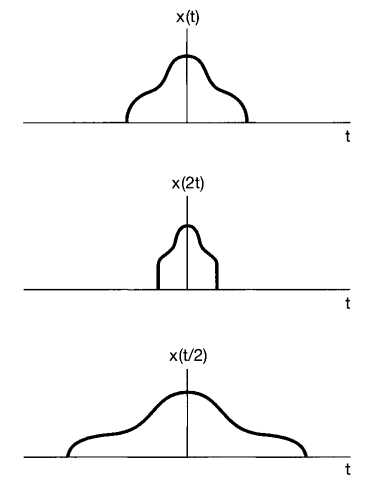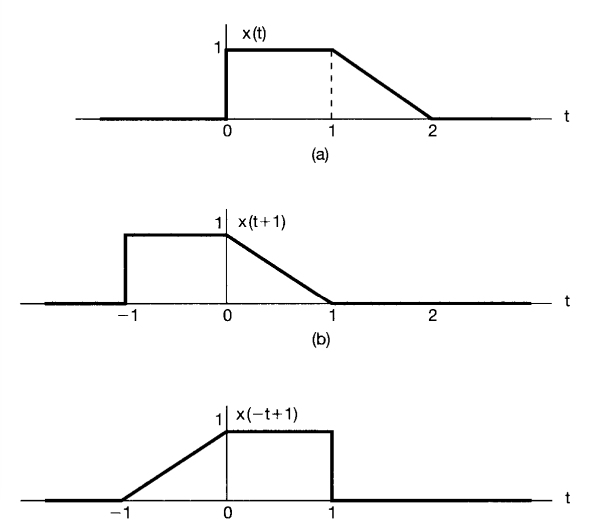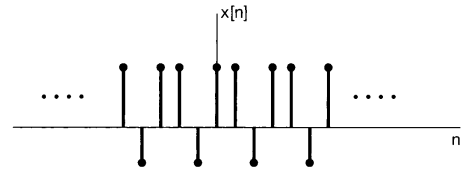LEC 1 Introduction
Signals
Continuous signals
- EX1.Sound signals \(y = x(t)\)
- Continuous Time signal()
- One dimension signal(only have one variable time)
- EX2.Images \(b = f(x, y)\)
- Two dimensional signal
- Continuous signal(non-Time variable)
Discrete signals
- EX1. Dow Jones Index
- The signal is a function of integer variables
- Notice: Nowadays, we usually process the continuous signal by transforming them into discrete signals. Discrete Signals ARE VERY IMPORTANT!
Systems
Properties
- Linear or Non-linear
- time-variant or time-varying
- Notice: we will focus on Linear time-invariant(LTI) systems.
Categories
- series
- parallel
- feedback
domains
Time domains
- the normal way we think about the world
Frequency domains
- Fourier Transform
- Laplace Transform
- Z- Transform
Reading materials
Transformations of the Independent variables
time shift
-
For a discrete signal \(x[t]\), \(x[t-t_0]\) means delaying the signals by \(t_0\) time. On the contrary, \(x[t+t_0]\) means advanced version of the signal.

-
It is similar to the continuous signals, like \(x(t), x(t-t_0), x(t+t_0)\), in the following figure, \(\mathbf{t_0 < 0}\)

reversal
- \(x[t] \Rightarrow x[-t]\) or \(x(t) \Rightarrow x(-t)\)

scalar scale
-
\(x[t] \Rightarrow x[nt]\) or \(x(t) \Rightarrow x(nt)\)
-
Notice: if \(n > 1\), it turns out the expansion of the figure, on the contrary, it is the shrink of the figure

linear transformation of variables
- \(x[t] \Rightarrow x[\alpha t + \beta]\)According to the concrete details, we can choose to do the scale first or the shift first.

periodic signals
- DEF: Periodic signals is such a signal that it will cover itself when shift by T, which means \(x(t+T) = x(t)\) for continuous signals and \(x[t+T] = x[t]\) for discrete signals.

